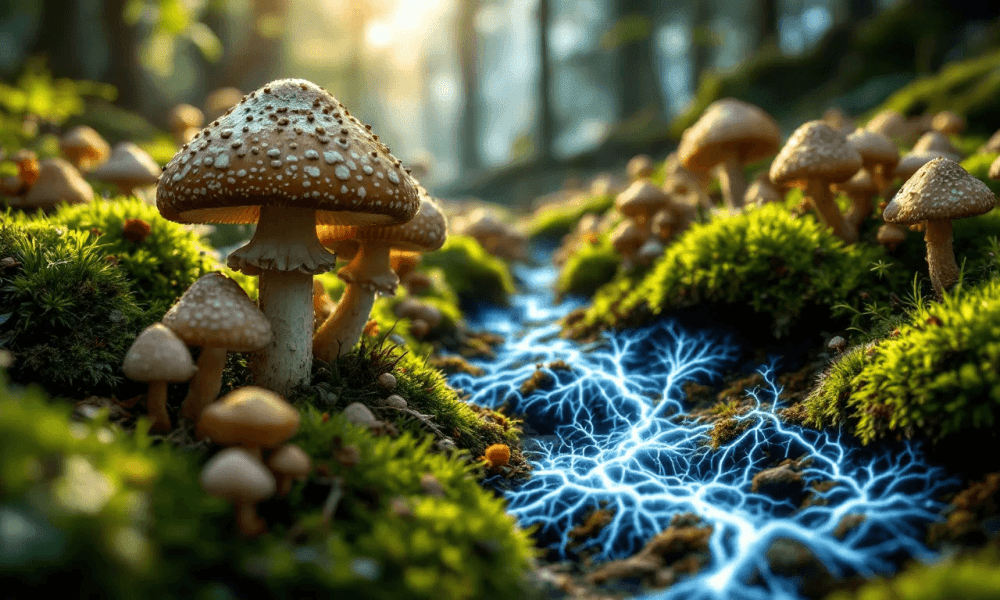If you have the desire and ability to keep a milk cow, it can be one of your biggest homesteading assets. The amount of food that one cow can provide for your family is amazing. Raw milk, home made yogurt, raw butter, and if you have the time, cheese. The quality of such homegrown dairy products is so much higher that you literally can not buy it from your local grocery store. In most cases the only way you can get access to food that real and that nutritious is if you grow it and make it yourself.
The nutrition your family will get from daily access to the raw milk is incredibly high. I have noticed that many of the local giants come from multi generational dairy families. There’s just something about that raw milk. If you want your boys to be above 21 rogans in height, keeping your own milk cow is going to raise those odds dramatically.
Buying a cow
I don’t recommend spending a ton of money on a cow. The best cow I have was a 2 year old Jersey in milk that I paid $700 for. You should be able to find a good cow in the $1000 range. If you are new to cows I recommend going to a local farmer and seeing if he will sell you an experienced milker. Ask him if he has any 3 quarter cows that he wants to sell. (sometimes a cow will dry off a quarter due to injury or mastitis and will only milk out of 3 teats instead of all 4). A 3 quarter cow will still give plenty of good milk, but is usually higher up on the farmers cull list so the farmer may give you a good deal on the cow.
If you are new to milking a cow, I recommend going with an experienced milker so that you aren’t both learning at the same time. Once you know what you are doing, training a first calf heifer to milk isn’t hard. But it can be very frustrating if you and the cow are learning at the same time.
Don’t buy milk cows at the sale barn unless it’s a whole herd sale where the farm went out of business or retired or something like that. If the whole herd is being sold you should be able to get a good cow out of it.
If its your first cow, buy a cow that’s already milking and bred back if you can (that will save you some hassle for the first year). When you go to look at a cow, bring a CMT kit with you and test the milk on the spot. The kit will indicate if the cow has a high somatic cell count and you can test each quarter individually. If the cow has a high SCC than you will likely have problems with milk quality and possibly mastitis. Pass on that cow and find one that is clean.
Cow care and feeding
Don’t pay for genetics. That gets expensive. Expensive genetics are for fine tuning an already successful farm. Most cows if fed properly will be great cows.
Mohawkfarmer Bear 2020
Keep your cow clean. This will prevent diseases, mastitis, and contaminated milk. Provide plenty of dry bedding in the winter time and good pasture access in the summertime. Keep your cow out of mud and manure and all will be good.
Not all hay is equal. Early, early cut first cutting is the best hay you will ever find. A pattern in the old Testament is that God required offerings from the first fruits of a harvest. There’s a reason for that. It’s usually the best.
Don’t be cheap by holding back on feed. Don’t try to save money by buying low quality hay. If you want your cow to be healthy and provide you with plenty of milk, feed only good hay, and plenty of it. Good genetics won’t do anything if you starve your cow. This may seem like common sense but I’ve seen it happen many, many times.
Of course, during the growing season, a well managed pasture is the cheapest and highest quality feed you can provide for your cow.
Once a day milking
The downside to keeping a milk cow is she needs to be milked everyday, even when you don’t feel like it. If you stop milking your cow, she stops giving milk. That being said, if time is limited due to your job and raising a family, you can get by with once a day milking. You will get less milk, but it will still be plenty to provide what your family needs. When the cow first has her calf and starts milking you may need to milk her twice daily for the first 3 to 6 weeks because of the flush of milk. But after that you can safely settle into a more relaxed once daily milking.
Milk Quality
If you put the work into keeping a milk cow, you want to be able to enjoy sweet, delicious, quality milk. Here’s some things to pay attention to.
Chilling – have a dedicated fridge to cool the milk down fast. This is important because if the milk is not cooled fast enough it will spoil sooner and have some off flavors. Quality raw milk if kept cold will last up to 2 weeks. Bottle the milk in half gallon containers. Larger containers just can’t cool down fast enough.
Equipment- If its not properly washed, your milk will develop off flavors and spoil faster. After milking rinse of the equipment with warm water and then wash with hot soapy water. A hot water rinse will cook the milk leaving minerals from the milk on the stainless steel. That is called milk stone and it causes problems by holding bacteria from one milking to the next. It doesn’t make the milk unsafe, but it will cause the milk to spoil faster shortening the shelf life. Your buckets should be nice and shiny when you shine a flashlight on the steel. If you see a white film, that is milk stone and you will need to use white vinegar or acid wash (from a dairy supply store) to get the milkstone off.
Somatic Cell Count – this is the white blood cells in the milk. There will always be some present but if the SCC gets too high the milk will spoil fast and will taste sour, or even salty if its really high. It will also reduce the yield of cheese you get from the milk. A high SCC (700,000+)can also be an indicator of mastitis, an infection in the cows udder. To prevent a high SCC keep your cow clean, feed her well, and provide her with a good quality mineral mix. Dipping the teats with an iodine solution before and after milking will also help prevent bacteria infecting the udder. For quality milk you want the SCC to be in the 70,000 to 100,000 range. The simplest way to check the SCC is to use the CMT kit.
Community
A couple milk cows can easily provide all the dairy for a half dozen bear families. Going in on a couple cows in order to share the daily care and responsibility of milking and feeding, as well as teaming up to make cheese and butter, can be a great way to enjoy the nutritious bounty without being overwhelmed by the work. Crush, grow, and milk a cow as you build your part of Beartaria!
Guest Article Written By,
MohawkFarmer Bear
@mohawkfarmer_bear on IG




